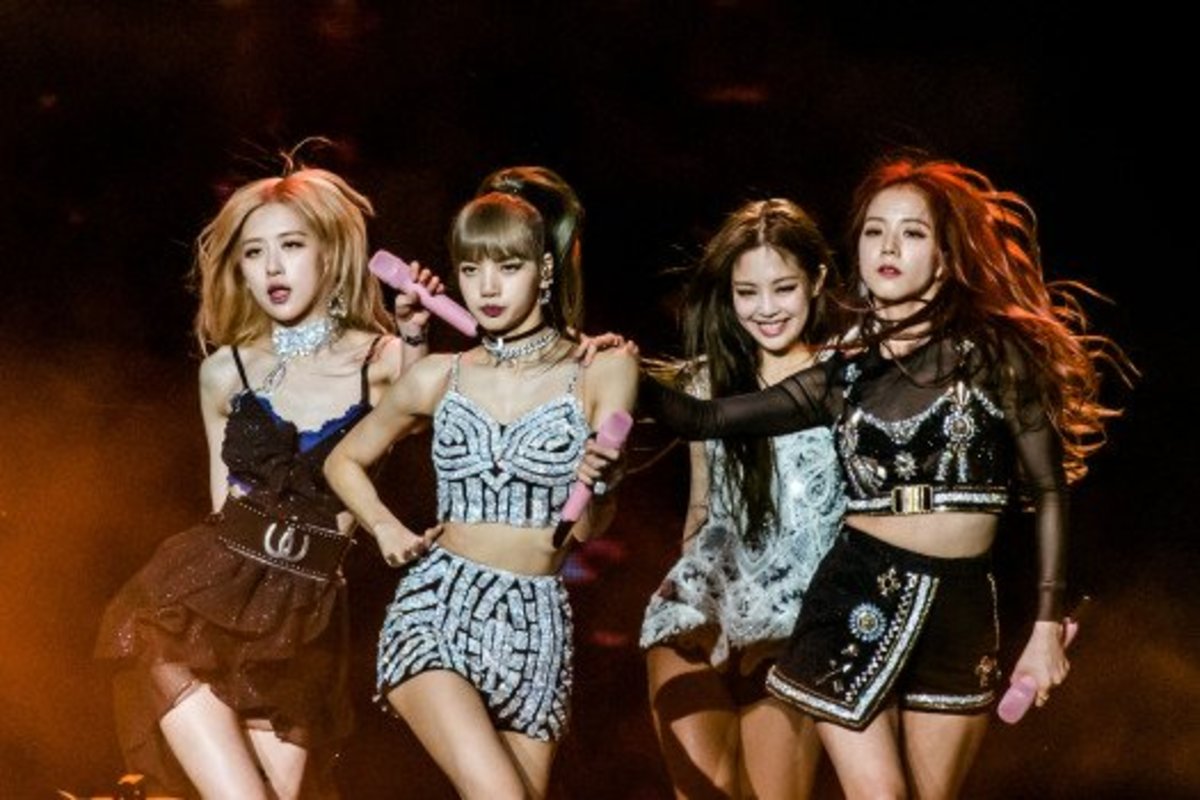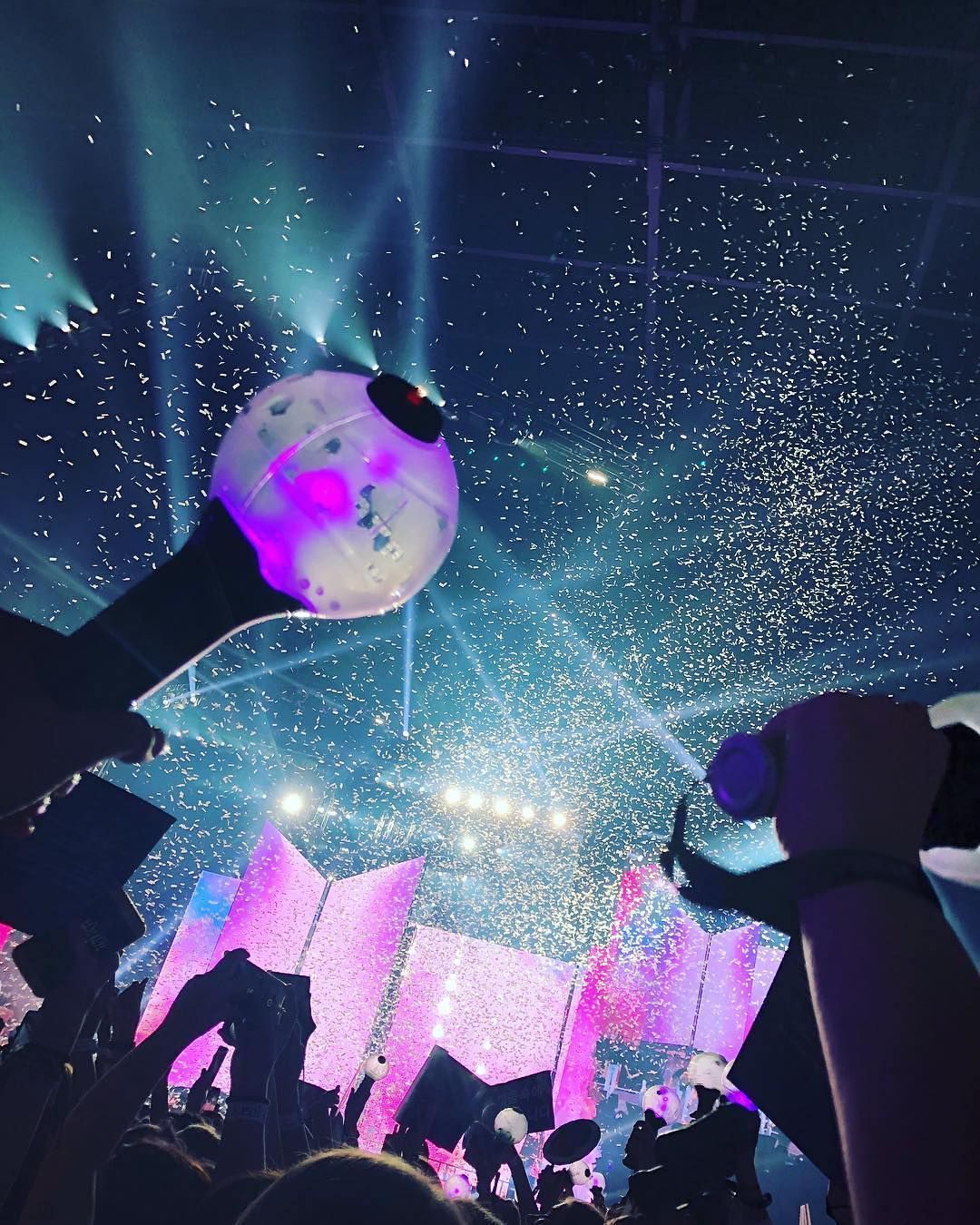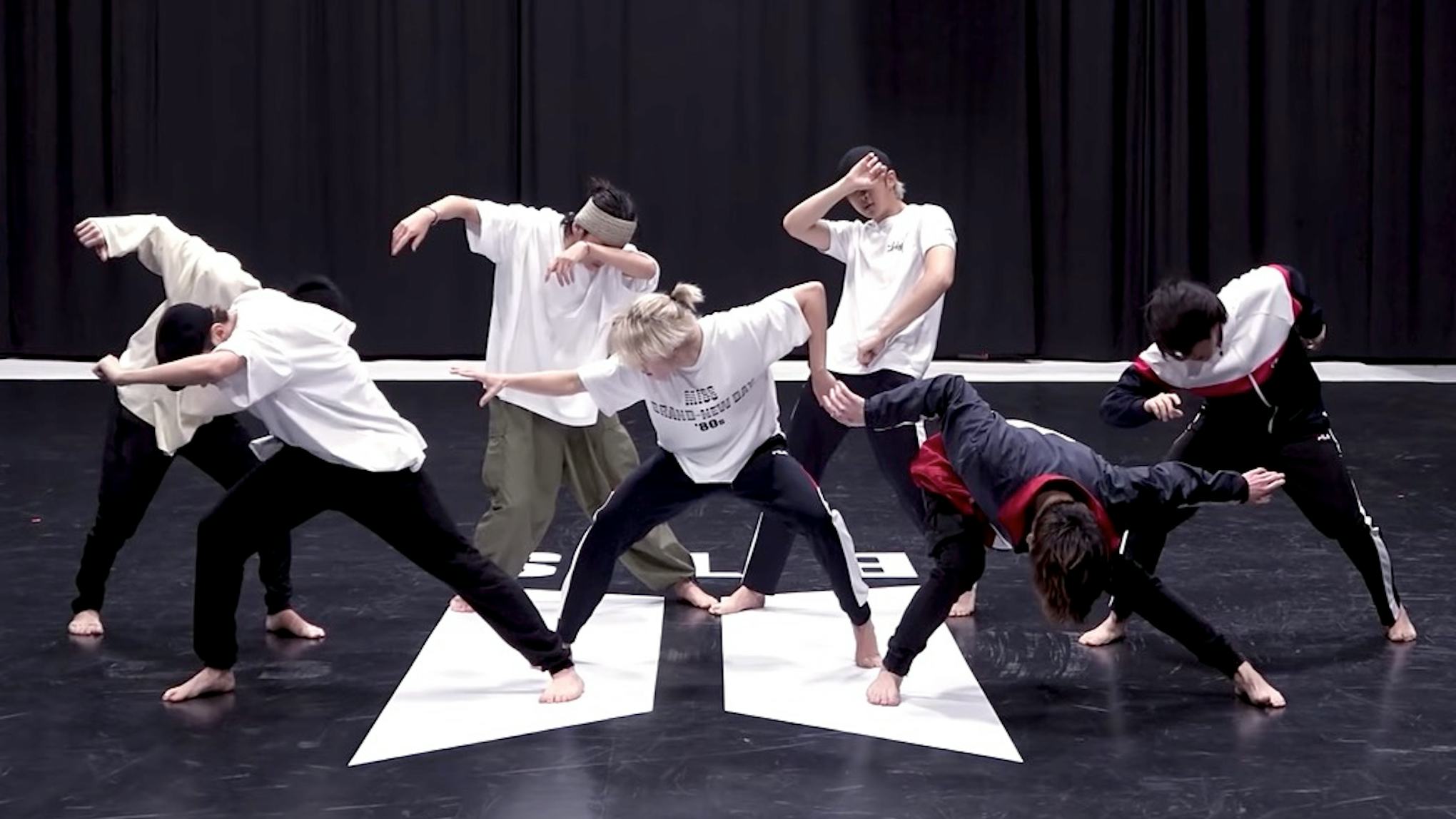Decoding K-Pop: Structuralism and the Formula of Global Pop Music
Introduction: The Structure Behind the Phenomenon
K-pop is one of the biggest cultural forces in global music today, but what makes it so effective? Beyond catchy melodies and impressive choreography, K-pop thrives on a deeply structured system of meaning, one that aligns with structuralist theories by Ferdinand de Saussure and Claude Levi-Strauss. Structuralism teaches us that we don’t understand cultural objects in isolation. Instead, they derive meaning from their relationship to a larger system of signs, binaries, and repeated patterns. By applying structuralist ideas to K-pop, we can see how its success isn’t random but built on a set of recognizable structures: linguistic signs, mythic narratives, and a carefully crafted system of binaries that shape identity, performance, and audience engagement.
Sign, Signifier, and Meaning in K-Pop
Saussure’s structuralist linguistics argues that meaning is created through signs, which consist of a signifier (a word, image, or sound) and a signified (the concept behind it). In K-pop, everything, from fashion to choreography to fandom culture, is a system of signs that builds meaning within a larger structure. One of the clearest examples of this is K-pop’s lightstick culture. Every major group has a unique lightstick design, and while these objects don’t mean anything on their own, within the structured world of K-pop, they serve as signifiers of loyalty and belonging. Holding a BTS Army Bomb or a BLACKPINK Hammer Bong isn’t just about having a cool concert accessory, it’s about signaling identity and community within the structured fandom culture. This aligns with Saussure’s idea that language and symbols only gain meaning through their relationships with other signs. Just as a word like “cat” is understood because it’s not “dog” or “rat,” the identity of a BLACKPINK fan is meaningful because it is distinct from that of a BTS or ATEEZ fan.
Levi-Strauss argued that myths across cultures share structural patterns, organizing stories through binary oppositions such as good vs. evil, human vs. supernatural, or tradition vs. modernity. K-pop operates on similar structures, particularly in how idol groups are narratively framed. A prime example of this is BTS’s career trajectory, which follows a mythic structure recognizable across literature and history. Their journey begins with The Call to Adventure, where BTS starts as underdogs from a small company. Then, they undergo Trials and Growth, facing industry rejection and struggling for recognition. Finally, they experience The Triumphant Return, rising to global fame and artistic success. This narrative of struggle and victory mirrors traditional mythic storytelling, making it emotionally compelling to fans who follow their journey. Similar mythic structures appear in K-pop music videos as well, EXO’s supernatural concept (otherworldly powers, chosen ones) and ATEEZ’s pirate adventure storyline both follow this same structured logic.
Deleuze’s Control Societies: The K-Pop Industry
Gilles Deleuze’s “Postscript on the Societies of Control” discusses how modern power doesn’t operate through rigid institutions like factories or prisons but through continuous control, shaping behavior through technology, surveillance, and data. The K-pop industry itself operates within this control society model in multiple ways. Idols spend years in structured training programs, where they are monitored and conditioned to fit industry expectations. Meanwhile, fan engagement algorithms on social media continuously analyze interactions, shaping what content fans see, when they see it, and how they participate. The digital influence extends further to streaming and voting cultures, where fans engage in structured behaviors, mass streaming, and coordinated voting, reinforcing the industry's algorithmic power. This mirrors Deleuze’s idea that modern control operates not through direct coercion but through systems that subtly influence and shape choices.
Conclusion: Seeing the Structure in Pop Culture
Structuralism shows us that culture isn’t random, it’s built on deep, underlying systems of meaning. K-pop’s success isn’t just about music but about narratives, symbols, and social structures that create an immersive, structured world for audiences. By analyzing K-pop through a structuralist lens, we see how its impact is built on signs (lightsticks, music video symbols, fandom language), mythic structures (hero’s journey, oppositions), and control mechanisms (digital influence, industry power dynamics). This isn’t unique to K-pop, every form of media, from Marvel movies to TikTok trends, operates on invisible structures that shape how we understand the world. The question is: do we see the structure, or are we just part of it?
Written By: Amaris Prescott




Comments
Post a Comment